Find Help
More Items From Ergsy search
-

Raynaud's Disease
Relevance: 100%
-
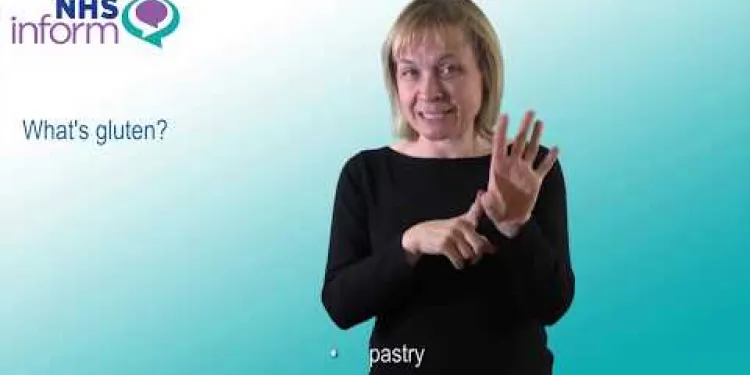
Coeliac disease
Relevance: 27%
-
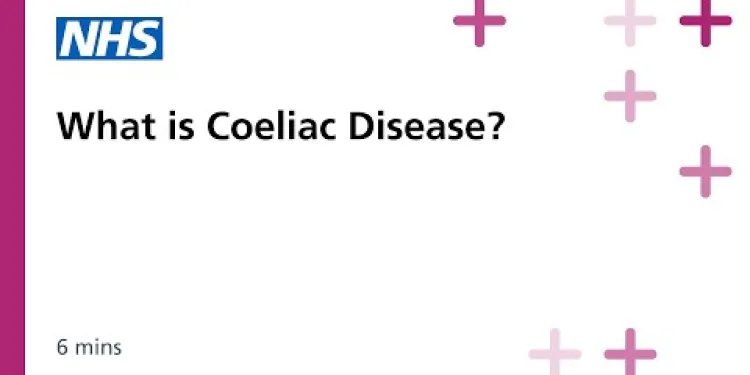
Coeliac Disease: Session 1: What is Coeliac Disease?
Relevance: 27%
-
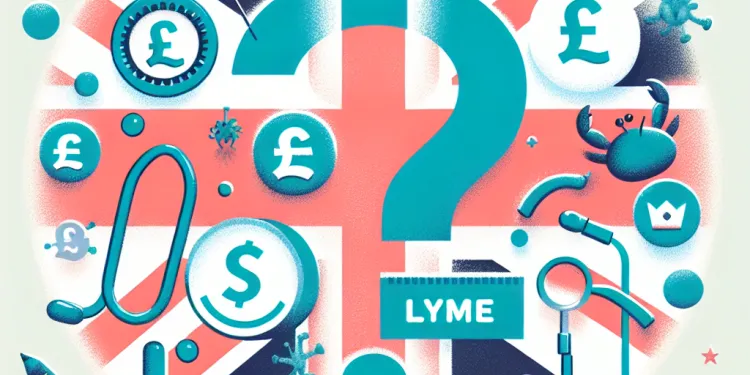
What is Lyme Disease?
Relevance: 26%
-
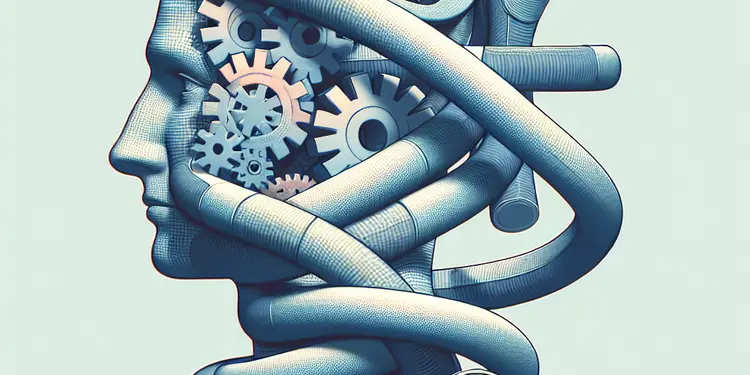
Is Huntington's disease fatal?
Relevance: 26%
-
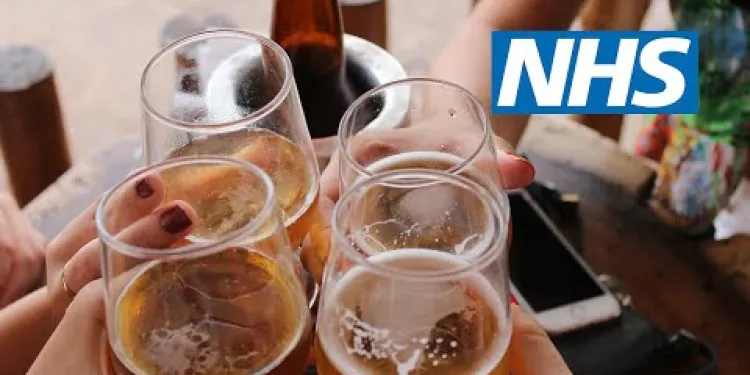
Liver disease | NHS
Relevance: 26%
-

Is Crohn's disease contagious?
Relevance: 26%
-
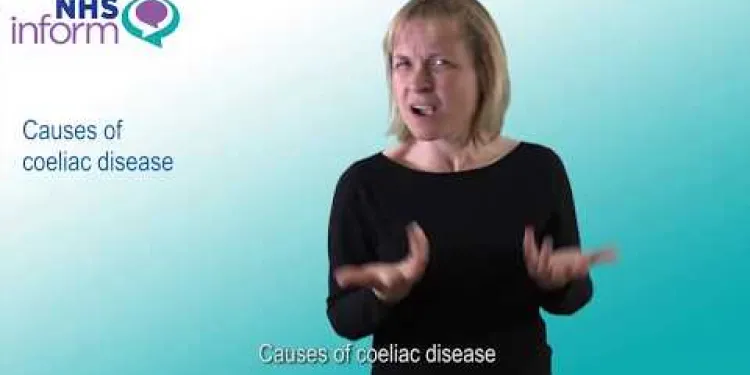
Causes of coeliac disease
Relevance: 26%
-

What is Huntington's disease?
Relevance: 26%
-

Lyme disease: What is it?
Relevance: 26%
-
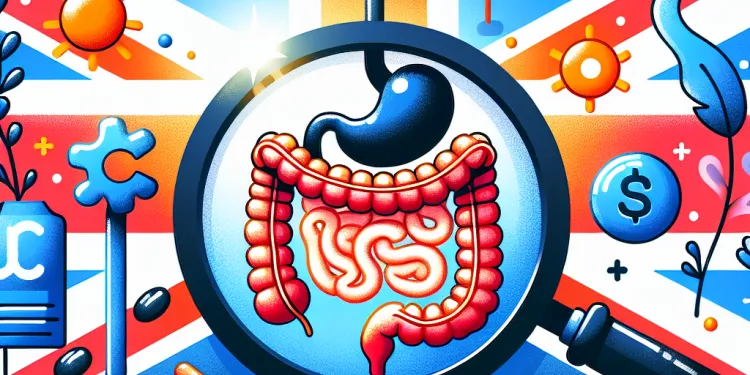
Is there a cure for Crohn's disease?
Relevance: 26%
-
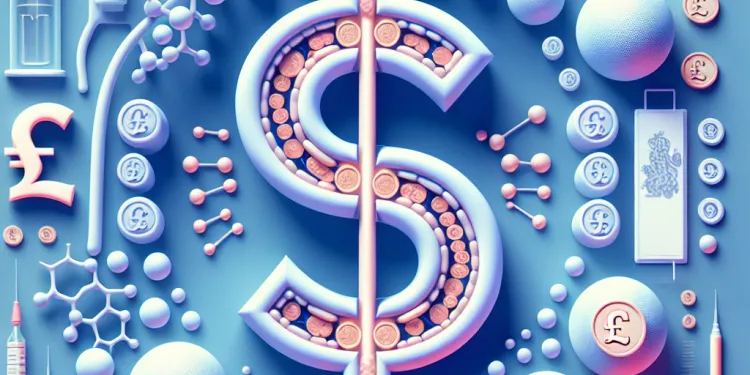
What is Mitochondrial disease?
Relevance: 26%
-
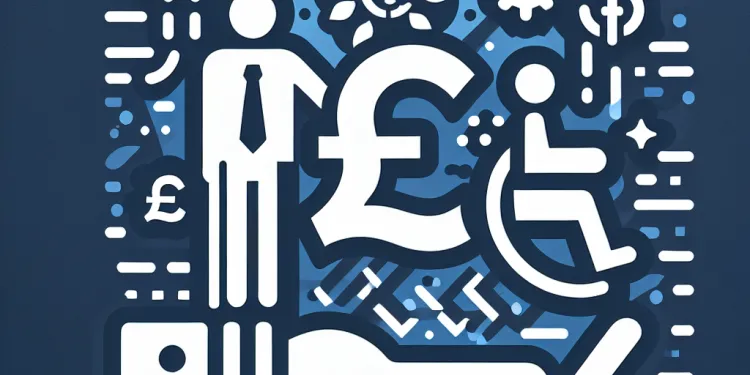
What is Parkinson's disease?
Relevance: 26%
-

Is there a vaccine for Lyme disease?
Relevance: 26%
-
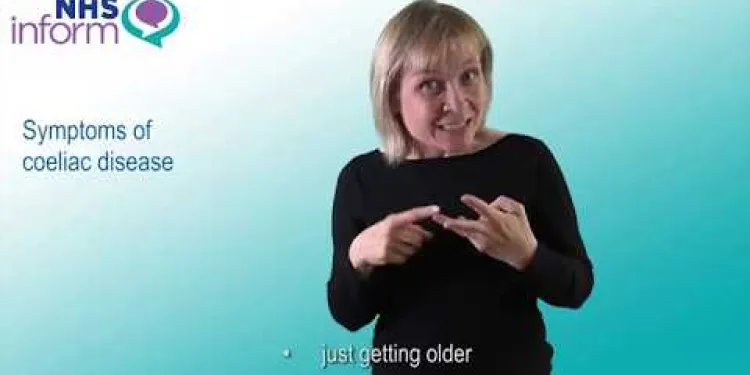
Symptoms of coeliac disease
Relevance: 26%
-

Do UK mosquitoes carry diseases?
Relevance: 26%
-
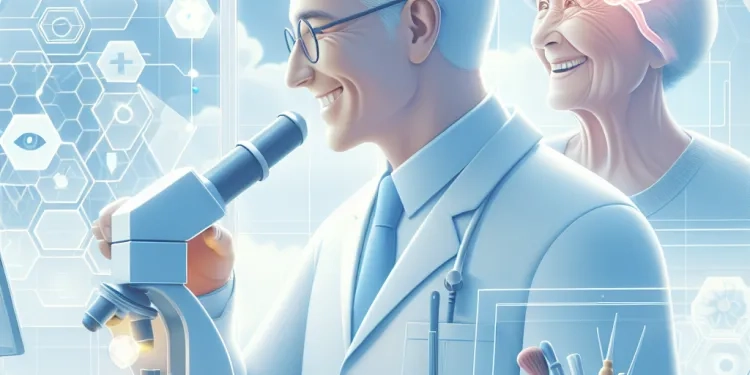
What is Alzheimer's disease?
Relevance: 25%
-
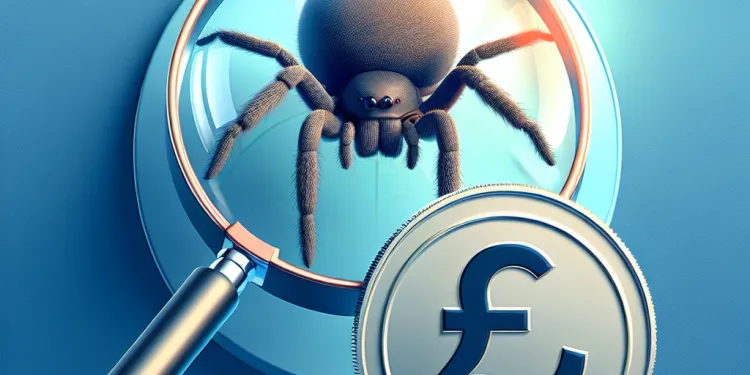
Do spiders in the UK carry diseases?
Relevance: 25%
-

What causes Crohn's disease?
Relevance: 25%
-
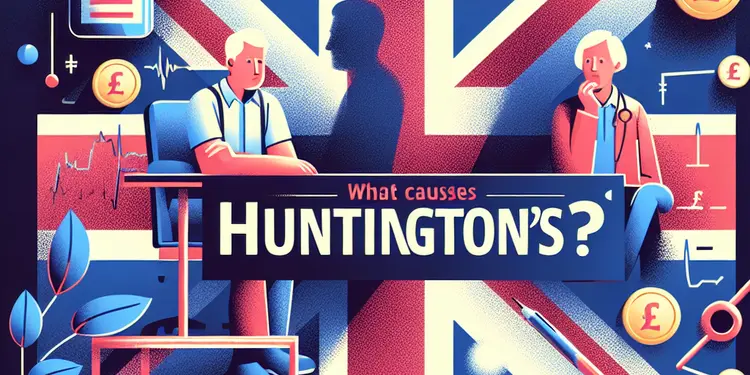
What causes Huntington's disease?
Relevance: 25%
-
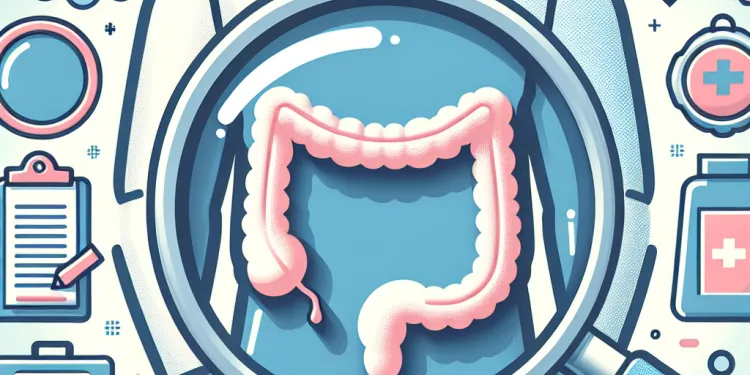
How is Crohn's disease diagnosed?
Relevance: 25%
-

Can Lyme disease be treated?
Relevance: 25%
-

How is Lyme disease transmitted?
Relevance: 25%
-
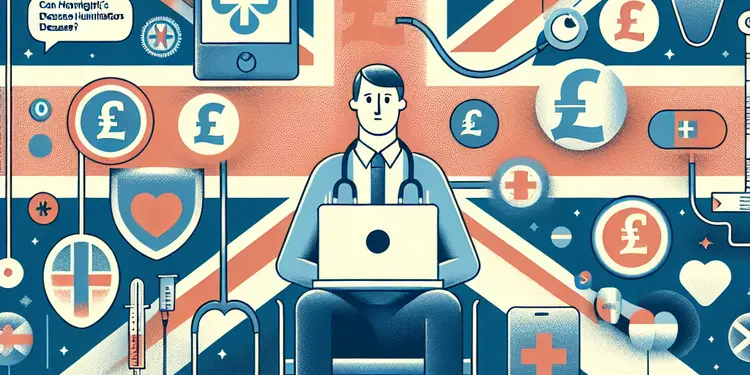
Can Huntington's disease be prevented?
Relevance: 25%
-
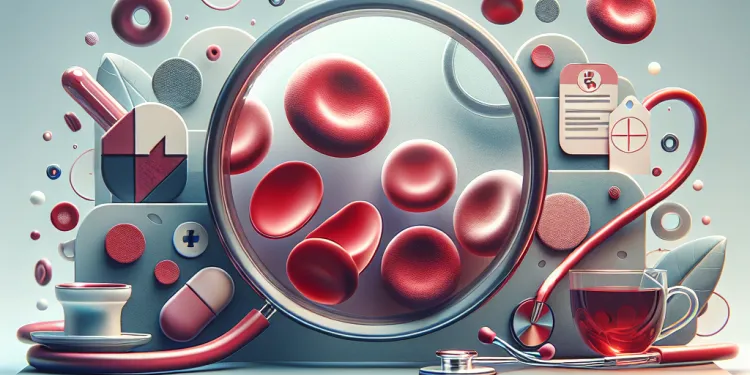
What is sickle cell disease?
Relevance: 25%
-

NHSGGC - What is Coeliac Disease?
Relevance: 25%
-
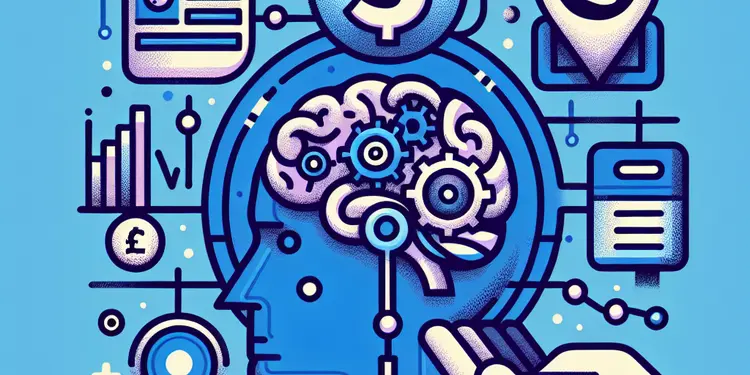
What are the symptoms of Huntington's disease?
Relevance: 25%
-

How is Huntington's disease diagnosed?
Relevance: 25%
-

Can Huntington's disease be cured?
Relevance: 25%
-
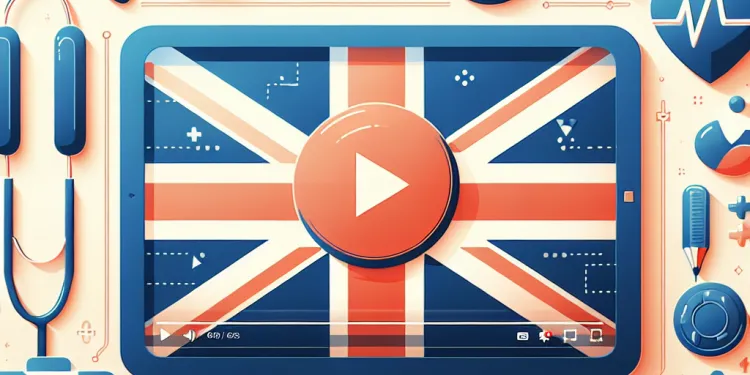
How common is Alzheimer's disease in the UK?
Relevance: 25%
-
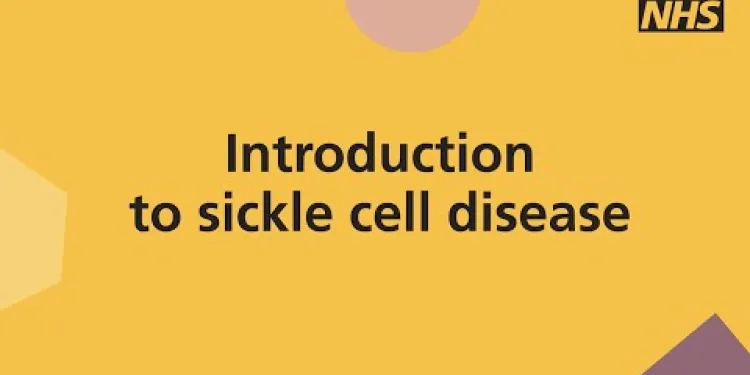
Introduction to Sickle cell disease
Relevance: 25%
-
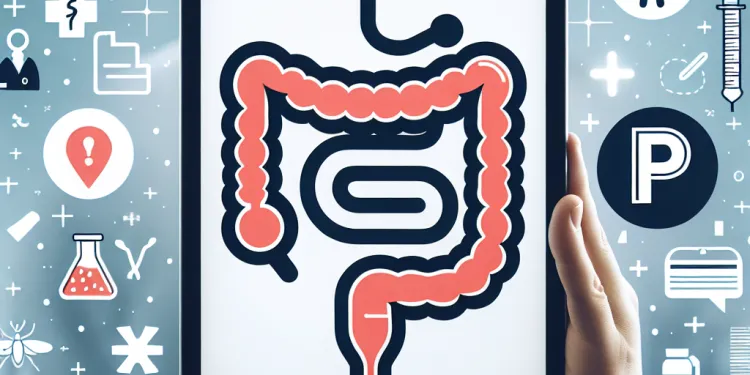
Is surgery necessary for Crohn's disease?
Relevance: 24%
-

What is heart valve disease?
Relevance: 24%
-

Living Well with Coeliac Disease
Relevance: 24%
-
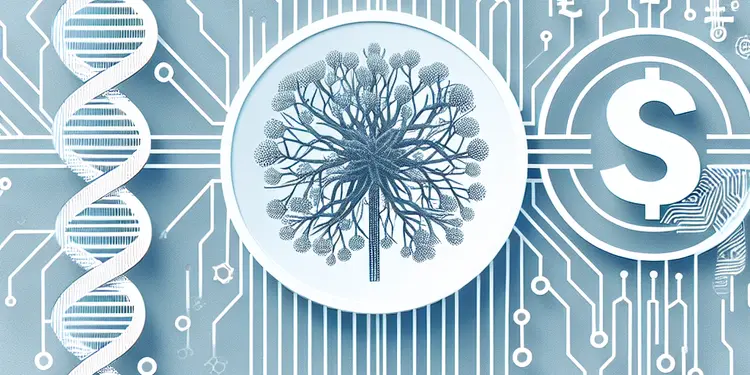
Is motor neurone disease hereditary?
Relevance: 24%
-

Do all mosquitoes in the UK carry diseases?
Relevance: 24%
-

Is there a cure for motor neurone disease?
Relevance: 24%
-
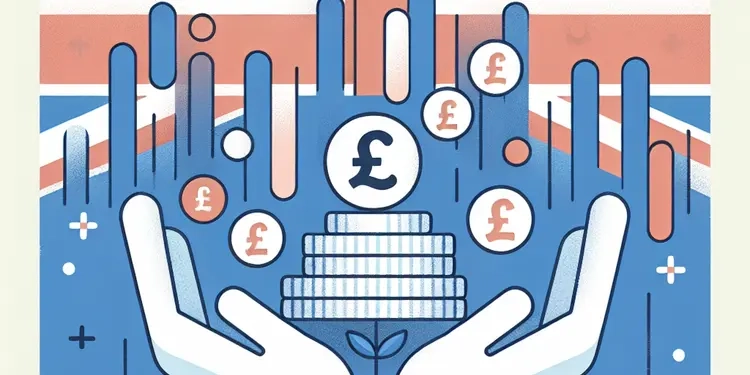
What is motor neurone disease?
Relevance: 24%
-
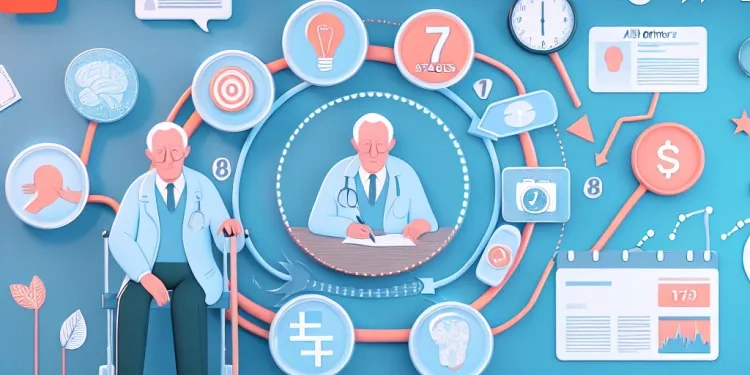
What are the stages of Alzheimer's disease?
Relevance: 24%
-
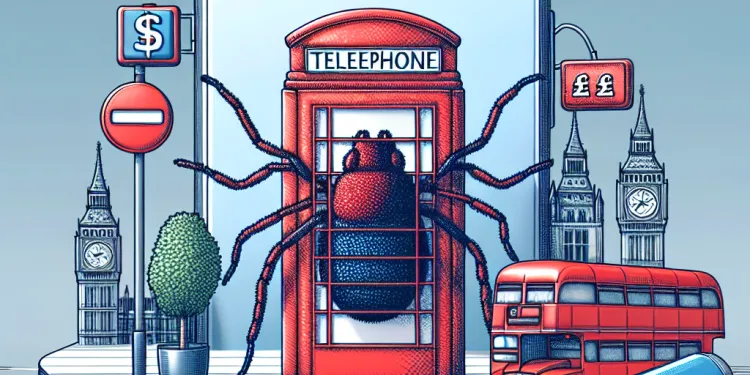
Is Lyme disease contagious between humans?
Relevance: 24%
Raynaud's Awareness Month
Raynaud's Awareness Month, held every October, aims to educate the public about Raynaud's phenomenon, a condition that affects blood flow to certain parts of the body — usually the fingers and toes. In the United Kingdom, where the weather can be particularly cold, raising awareness is crucial for early diagnosis and management.
What is Raynaud's Phenomenon?
Raynaud's phenomenon is a condition characterized by episodes of reduced blood flow to extremities, causing the areas to turn white, blue, and then red. This can lead to pain, numbness, and in severe cases, sores or ulcers. The phenomenon can be primary (no underlying condition) or secondary (linked to other diseases like scleroderma or lupus).
Symptoms to Watch For
Common symptoms include cold fingers or toes, colour changes in your skin in response to cold or stress (white to blue to red), numbness or tingling, and pain upon warming or relief of stress. These symptoms often occur in colder climates or stressful situations, making awareness especially important during the UK's colder months.
The Importance of Early Diagnosis
Early diagnosis of Raynaud's is key to managing the condition and preventing complications. If you experience symptoms, it’s important to consult a healthcare provider. They may recommend lifestyle changes, medications, or further tests to rule out secondary causes.
Managing Raynaud's
Managing Raynaud's involves keeping warm, reducing stress, and sometimes taking medication to improve blood flow. Simple actions like wearing gloves and warm clothes, avoiding stressors, and exercising regularly can help manage symptoms. There are also various support groups and resources available for those affected.
Support and Resources in the UK
Support organizations such as Scleroderma & Raynaud's UK (SRUK) provide valuable resources, including educational materials, support groups, and fundraising events. These organizations work tirelessly to improve the lives of those affected by Raynaud's by promoting awareness and funding research.
Get Involved
Raynaud's Awareness Month is an excellent time to get involved. You can participate by spreading awareness through social media, donating to relevant charities, or attending local events promoting Raynaud's education and research. Every effort helps in reducing the impact of this often-misunderstood condition.
Raynaud's Awareness Month
Every October, we talk about Raynaud's Awareness Month. This helps people learn about Raynaud's phenomenon. This is a health problem that stops blood from flowing to some parts of your body, like fingers and toes. This is very important in the UK, where it is often cold. We need people to know about it so they can get help early.
What is Raynaud's Phenomenon?
Raynaud's phenomenon is when blood does not reach parts of your body as well as it should. Your fingers and toes might change color to white, then blue, and then red. This can hurt and make your skin feel numb. Sometimes, it can cause sores. Raynaud's can happen by itself, or it can happen because of other diseases like scleroderma or lupus.
Symptoms to Watch For
If you have Raynaud's, your fingers or toes might feel cold. The skin may change color from white to blue to red. You might feel numb or tingling. When you warm up, it might hurt. This often happens in cold weather or when you're stressed. In the UK, where it’s cold, it’s important to know these signs.
The Importance of Early Diagnosis
Finding out if you have Raynaud's early is very important so you can manage it better and avoid problems. If you notice symptoms, talk to a doctor. They might suggest changes in how you live, give you medicine, or do tests to check for other causes.
Managing Raynaud's
To manage Raynaud's, keep warm, try to stay calm, and sometimes take medicine to help blood flow. You can wear gloves and warm clothes, avoid things that stress you, and exercise regularly. There are also support groups and places to get help.
Support and Resources in the UK
Groups like Scleroderma & Raynaud's UK (SRUK) can help. They offer helpful materials, support groups, and events to raise money. These groups help people with Raynaud's by sharing information and supporting research.
Get Involved
During Raynaud's Awareness Month, you can help. You can tell others on social media, give to charity, or go to local events that teach about Raynaud's. Every little bit helps to make a difference for people with this condition.
Frequently Asked Questions
What is Raynaud's Awareness Month?
Raynaud's Awareness Month is observed every October to raise awareness about Raynaud's phenomenon, a condition which affects the blood supply to certain parts of the body, typically the fingers and toes, causing them to feel numb and cold.
What are the symptoms of Raynaud's phenomenon?
Symptoms include cold fingers or toes, colour changes in the skin in response to cold or stress, and a tingling or painful sensation upon warming or relief of stress.
Who can be affected by Raynaud's phenomenon?
Anyone can be affected, but it is more common in women and typically starts in the teens and early twenties. People with other underlying conditions like scleroderma or lupus are also more likely to have Raynaud's.
What are the causes of Raynaud's phenomenon?
The exact cause is not fully understood, but it is believed to be related to overactivity of the sympathetic nervous system and abnormal functioning of the blood vessels that supply the skin.
How is Raynaud's phenomenon diagnosed?
Diagnosis is usually based on your symptoms and medical history. A GP might perform some tests, such as blood tests, to rule out other conditions.
What treatments are available for Raynaud's phenomenon?
Treatments include lifestyle changes such as managing stress and avoiding cold, medications to improve blood flow, and in severe cases, surgical procedures. It's important to consult a healthcare professional for a treatment plan suitable for your condition.
Can Raynaud's phenomenon be cured?
While there is no cure for Raynaud's phenomenon, the symptoms can usually be managed effectively with lifestyle changes and medication.
What lifestyle changes can help manage Raynaud's phenomenon?
Keeping warm, avoiding smoking, managing stress, and exercising regularly can help manage the symptoms. Wearing gloves and warm socks during cold weather is also beneficial.
Is Raynaud's phenomenon a rare condition?
No, Raynaud's phenomenon is relatively common, affecting about 3-20% of the population globally, with a significant prevalence in colder climates.
Is Raynaud's phenomenon related to frostbite?
No, Raynaud's phenomenon is not the same as frostbite, although both involve cold-induced conditions. Raynaud's is a vascular condition, while frostbite is tissue damage due to freezing.
Can children have Raynaud's phenomenon?
Yes, children can also be affected by Raynaud's phenomenon, although it is less common. If a child shows symptoms, it’s important to consult a doctor for proper diagnosis and management.
Are there support groups for people with Raynaud's phenomenon?
Yes, there are several support groups and organisations both online and in the community that offer help and advice. In the UK, organisations like Scleroderma & Raynaud's UK (SRUK) provide valuable resources.
What is secondary Raynaud's phenomenon?
Secondary Raynaud's, also called Raynaud's syndrome, occurs with other underlying diseases such as scleroderma or lupus. It is often more severe than the primary form and may include additional symptoms related to the underlying condition.
Why is it important to raise awareness about Raynaud's phenomenon?
Raising awareness helps people recognize symptoms earlier, seek medical advice, and manage their condition more effectively. It also promotes research and support for better treatments and potentially finding a cure.
How can I participate in Raynaud's Awareness Month?
You can participate by spreading information through social media, attending awareness events, supporting related charities, and encouraging others to learn about Raynaud's phenomenon and its impact.
What is Raynaud's Awareness Month?
Raynaud's Awareness Month is when people learn about Raynaud's disease. This is a time to tell others about it and help people understand.
If you have trouble reading, try these tools:
- Read Aloud Apps: Use an app that reads text out loud.
- Simple Words: Find books or websites that use easy words.
- Audio Books: Listen to stories instead of reading them.
Every October, we learn about Raynaud's phenomenon. This is a condition that makes blood not flow well to some parts of your body. It usually happens to your fingers and toes. They can feel numb and very cold.
What happens with Raynaud's?
Raynaud's makes your fingers and toes hurt, get cold, or change color. This happens when you are cold or stressed. Here are some signs:
- Fingers or toes turn white, blue, or red.
- They feel numb or tingly.
- They might hurt or feel sore.
For help, try these things:
- Wear warm clothes.
- Use gloves or socks.
- Stay calm and relaxed.
Signs you might notice are cold fingers or toes. Your skin might change color when you are cold or stressed. When you start to warm up or feel better, your skin may feel tingly or hurt a bit.
Who can get Raynaud's phenomenon?
Raynaud's phenomenon can happen to different people. It can affect men, women, and children. If you have fingers or toes that get very cold and change color, you might have it. It can happen when you feel cold or stressed.
Sometimes, Raynaud's runs in families. This means if someone in your family has it, you might have it too.
Talking to a doctor can help you understand more. They can give you advice and treatment if you need it.
Using warm gloves and socks can help keep your hands and feet warm. You can also try breathing exercises to help with stress.
Raynaud's can happen to anyone, but women get it more often. It usually starts when you are a teenager or in your early twenties. People who have other conditions like scleroderma or lupus are also more likely to get Raynaud's.
Why do people get Raynaud's?
Raynaud's makes fingers and toes go white and cold. It happens when blood can't flow well. Below are some reasons why this happens:
- Cold weather
- Stress or feeling worried
- Smoking
Not all reasons are the same for everyone.
Tips: To help with reading:
- Use a ruler to help follow the lines.
- Read with a friend or helper.
We don't know exactly what causes it. But we think it's because a part of the body called the sympathetic nervous system works too much. This part helps control things like blood flow. There might also be something different about how blood moves in the skin.
If you find reading hard, you can try using text-to-speech tools. These tools can read the words out loud for you. Color overlays and large-print books can also help make reading easier.
How do doctors find out if someone has Raynaud's?
The doctor finds out what is wrong by asking about your symptoms and health history. A doctor might do some tests, like blood tests, to make sure it is not something else.
If you find it hard to understand or remember things, try asking questions or bringing a friend or family member to the appointment. It can also help to take notes or ask the doctor to write things down for you.
What treatments can help with Raynaud's phenomenon?
Here are some ways to feel better if you have Raynaud's:
- Keep Warm: Wear warm clothes, gloves, and thick socks to stay warm.
- Stay Calm: Try to stay relaxed because stress can make it worse.
- Don't Smoke: Smoking can make your symptoms worse, so it's best not to smoke.
- Limit Caffeine: Try drinking less coffee or tea as caffeine can cause issues.
- Talk to a Doctor: A doctor can give you medicines if you need them.
These steps may help you feel better and stay comfortable.
Here are some ways to feel better:
1. Try to be calm and not worry too much. 2. Stay warm and avoid getting cold. 3. Take medicine that helps your blood move better. 4. If it's really bad, a doctor might do an operation to help you.Always talk to a doctor or nurse to see what is best for you. They can help make a plan just for you.
Can Raynaud's Phenomenon Be Fixed?
Raynaud's Phenomenon is when your fingers or toes change color and feel cold. This happens when you are cold or stressed. It is not something doctors can completely fix, but they can help you feel better.
Here are some things you can do to help yourself:
- Keep warm. Wear gloves and thick socks.
- Try to stay calm and relaxed.
- Ask a doctor for advice.
- Use apps or reminders to help you remember to keep warm.
There is no way to make Raynaud's phenomenon go away forever. But you can help the symptoms get better. You can make changes to how you live and also take medicine.
How can you make Raynaud's better with changes to how you live?
To feel better, you can do a few things:
- Stay warm.
- Don't smoke.
- Try to relax.
- Exercise often.
- When it's cold, wear gloves and warm socks.
These things can help you feel better.
If you find reading hard, you can:
- Use text-to-speech tools to hear the words.
- Ask someone to read with you.
- Take breaks when reading.
Is Raynaud's phenomenon a rare condition?
Is Raynaud's phenomenon rare?
Raynaud's phenomenon is not very rare. It means that sometimes, fingers and toes feel very cold or change color. Many people have it.
To help understand and manage Raynaud's, you can:
- Wear warm clothes or gloves to keep warm.
- Stay away from cold places.
- If you need help, talk to a doctor or nurse.
Raynaud's is not rare. It affects about 3 to 20 out of every 100 people around the world. It happens more in places where it is cold.
Are Raynaud's phenomenon and frostbite related?
Raynaud's phenomenon is when your fingers or toes change color and feel cold. It happens because blood doesn't flow well.
Frostbite is when your skin and body get too cold and freeze. It can hurt your skin.
Raynaud's phenomenon and frostbite both cause cold and color changes. But they are not the same thing.
If you see changes in your skin color or feel very cold:
- Wear warm clothes.
- Move your fingers and toes to get them warm.
- Talk to a doctor if you are worried.
No, Raynaud's and frostbite are not the same.
Raynaud's happens when your blood vessels get too small from the cold.
Frostbite happens when the cold hurts your skin because it freezes.
Can children have Raynaud's phenomenon?
Yes, children can have Raynaud's phenomenon. Raynaud's makes fingers and toes feel cold and change color, like white or blue, when it is cold or stressful. It happens because blood can't flow well to these areas.
If you think a child has Raynaud's, it's a good idea to talk to a doctor. The doctor can give advice and help manage it.
Helpful tools:
- Wear gloves and warm socks to stay warm.
- Move fingers and toes to help blood flow.
Yes, kids can have Raynaud's phenomenon too, but it doesn't happen as often. If a child has symptoms, it's important to talk to a doctor. A doctor can help find out what's wrong and give the right care.
Is there help for people with Raynaud's?
Do you have Raynaud's? This is when your fingers or toes get very cold and change color. You are not alone. There are groups that can help you. These are called support groups. You can talk to others who have Raynaud's and share tips. You can find these groups online or in person. Ask your doctor or look online to find a group. Being part of a group can make you feel better and get more help.
Yes, there are many groups and people who can help you. You can find them online or where you live. In the UK, a group called Scleroderma & Raynaud's UK (SRUK) gives help and advice.
What is secondary Raynaud's disease?
Raynaud's disease affects your fingers and toes. It can make them change color, feel numb, or hurt when it is cold or when you are stressed.
Secondary Raynaud's is when this happens because of another illness. It is different from primary Raynaud's, which happens on its own. See a doctor if you have these symptoms to get help.
Tools that might help:
- Talk to a doctor for advice.
- Use warm gloves and socks to keep your hands and feet warm.
- Try stress-relief techniques like deep breathing.
Secondary Raynaud's is a condition that happens with other diseases like scleroderma or lupus. It can be more serious than the main type and might have more symptoms because of the other disease.
Helpful Tips: Try to keep warm and wear gloves when it’s cold. If you are worried, talk to a doctor who can help you.
Why should we tell people about Raynaud's phenomenon?
It is good to help everyone know about Raynaud's phenomenon. This is a condition that affects your fingers and toes. They might turn white or blue and feel cold. Talking about it helps people understand what it is and how to help others who have it.
Here’s how you can help:
- Talk to friends and family about Raynaud's.
- Wear warm clothes to keep hands and feet warm.
- Help people find a doctor if they think they have it.
Talking about health problems helps people see if they have symptoms sooner. It helps them go to the doctor and take care of themselves better. Talking about it also helps scientists find new and better ways to help people feel better and maybe even cure the problem.
How can I take part in Raynaud's Awareness Month?
Do you want to help people learn about Raynaud's? You can join Raynaud's Awareness Month! Here are some easy ways to take part:
1. Tell Others: Talk to your friends and family about Raynaud's. Share what you know.
2. Wear a Color: Pick a special color to wear all month. This shows you support Raynaud's Awareness.
3. Use Social Media: Post about Raynaud's on Facebook or other apps. Use words and pictures to tell people.
4. Join Events: See if there are any events near you. Take part and meet others who care.
5. Support Groups: Find a group of people who talk about Raynaud's. You can share ideas and support each other.
If you need help, ask someone you trust to explain things to you.
You can help by doing these things:
- Share information on social media.
- Go to events to learn more.
- Support charities that help.
- Talk to friends and family about Raynaud's.
These things help others know about Raynaud's and how it affects people.
Useful Links
- Ergsy carfully checks the information in the videos we provide here.
- Videos shown by Youtube after a video has completed, have NOT been reviewed by ERGSY.
- To view, click the arrow in centre of video.
- Most of the videos you find here will have subtitles and/or closed captions available.
- You may need to turn these on, and choose your preferred language.
- Go to the video you'd like to watch.
- If closed captions (CC) are available, settings will be visible on the bottom right of the video player.
- To turn on Captions, click settings .
- To turn off Captions, click settings again.
More Items From Ergsy search
-

Raynaud's Disease
Relevance: 100%
-

Coeliac disease
Relevance: 27%
-

Coeliac Disease: Session 1: What is Coeliac Disease?
Relevance: 27%
-

What is Lyme Disease?
Relevance: 26%
-

Is Huntington's disease fatal?
Relevance: 26%
-

Liver disease | NHS
Relevance: 26%
-

Is Crohn's disease contagious?
Relevance: 26%
-

Causes of coeliac disease
Relevance: 26%
-

What is Huntington's disease?
Relevance: 26%
-

Lyme disease: What is it?
Relevance: 26%
-

Is there a cure for Crohn's disease?
Relevance: 26%
-

What is Mitochondrial disease?
Relevance: 26%
-

What is Parkinson's disease?
Relevance: 26%
-

Is there a vaccine for Lyme disease?
Relevance: 26%
-

Symptoms of coeliac disease
Relevance: 26%
-

Do UK mosquitoes carry diseases?
Relevance: 26%
-

What is Alzheimer's disease?
Relevance: 25%
-

Do spiders in the UK carry diseases?
Relevance: 25%
-

What causes Crohn's disease?
Relevance: 25%
-

What causes Huntington's disease?
Relevance: 25%
-

How is Crohn's disease diagnosed?
Relevance: 25%
-

Can Lyme disease be treated?
Relevance: 25%
-

How is Lyme disease transmitted?
Relevance: 25%
-

Can Huntington's disease be prevented?
Relevance: 25%
-

What is sickle cell disease?
Relevance: 25%
-

NHSGGC - What is Coeliac Disease?
Relevance: 25%
-

What are the symptoms of Huntington's disease?
Relevance: 25%
-

How is Huntington's disease diagnosed?
Relevance: 25%
-

Can Huntington's disease be cured?
Relevance: 25%
-

How common is Alzheimer's disease in the UK?
Relevance: 25%
-

Introduction to Sickle cell disease
Relevance: 25%
-

Is surgery necessary for Crohn's disease?
Relevance: 24%
-

What is heart valve disease?
Relevance: 24%
-

Living Well with Coeliac Disease
Relevance: 24%
-

Is motor neurone disease hereditary?
Relevance: 24%
-

Do all mosquitoes in the UK carry diseases?
Relevance: 24%
-

Is there a cure for motor neurone disease?
Relevance: 24%
-

What is motor neurone disease?
Relevance: 24%
-

What are the stages of Alzheimer's disease?
Relevance: 24%
-

Is Lyme disease contagious between humans?
Relevance: 24%


